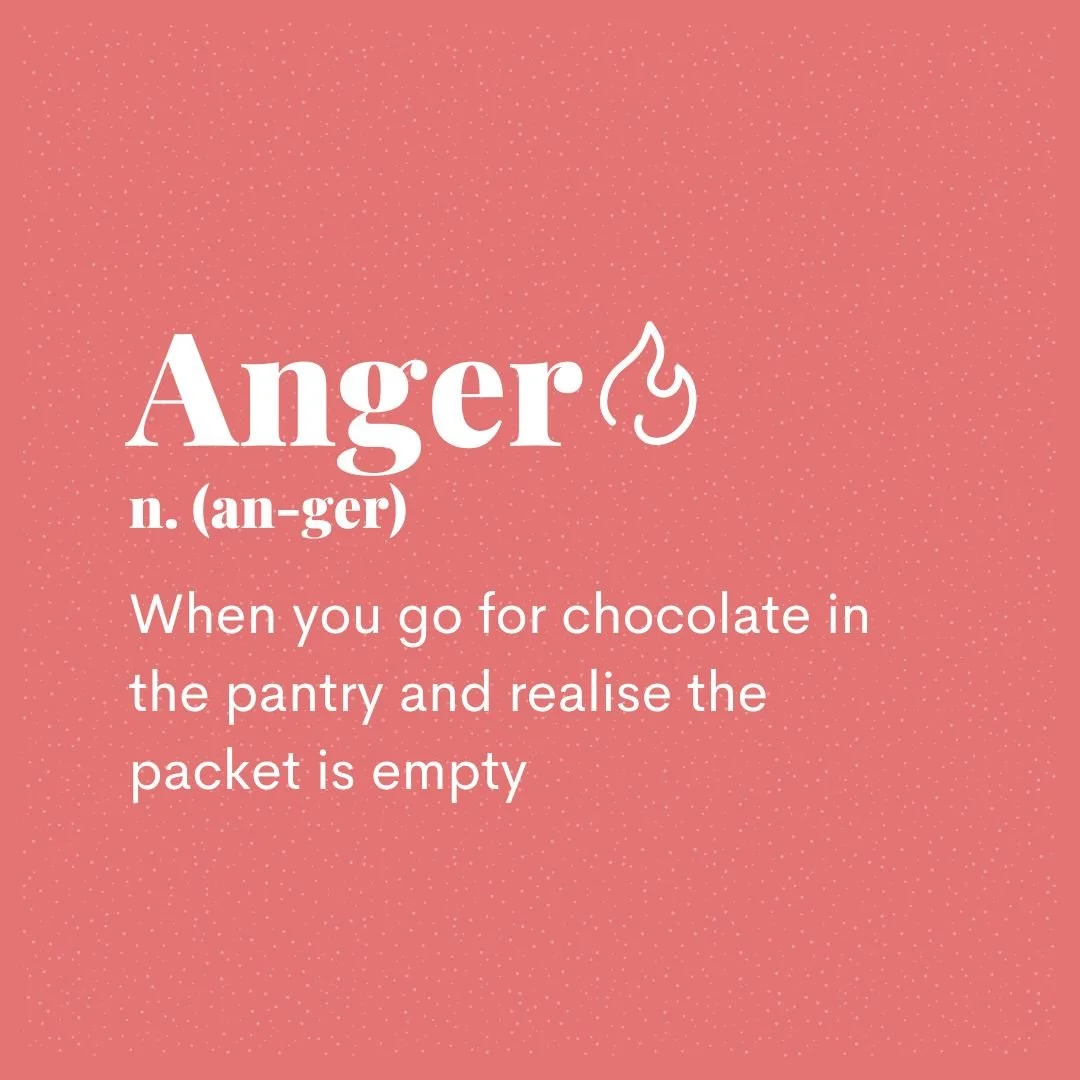Anger as a defence or offense
Anger is one of our primary emotions and like all primary feelings, it serves an important function. However, anger can easily be misused in ways it was not originally intended for. Here are three ways I often see anger being used:
Anger as Anger: There are situations in life that rightly call for anger, and it’s important to honour and make space for it. For example, if someone hurts my child, my initial reaction might be anger. If someone intentionally breaks or steals something from me, I would likely feel angry. When I lose a loved one to illness, I may experience both sadness and anger at the unfairness and helplessness of it all. It’s crucial to acknowledge and process anger when it arises in response to such situations, and there are helpful (and unhelpful) ways we do this.
Anger as a Defence: Think of a hedgehog revealing its spikes when it feels threatened or unsafe. Often, people may appear angry, frustrated, or offended, but this anger is usually a defence mechanism to hide or avoid more painful underlying feelings. This is when we refer to anger as a 'secondary emotion'. It acts as a mask because the vulnerability or hurt underneath feels even worse. However, using anger this way prevents individuals from dealing with the real issues at hand.
Anger as an Offense: In some cases, when people feel threatened, exposed, or vulnerable, they may use anger and aggression to feel powerful (because its far better than feeling weak or fragile!) or to regain a sense of control. This can manifest as intimidation, verbal threats, shouting, lashing out, or even physical aggression.
If we cannot sit with a healthy level of anger (or any other emotion), we might resort to using emotions as a defensive or offensive mask. Unfortunately, these masks often lead to unwanted consequences in our lives and in important relationships. If you find yourself feeling angry a lot of the time, feeling out of control, or acting in ways you later regret, it might be worth speaking with someone about how to manage this emotion in a safe and healthy way.


